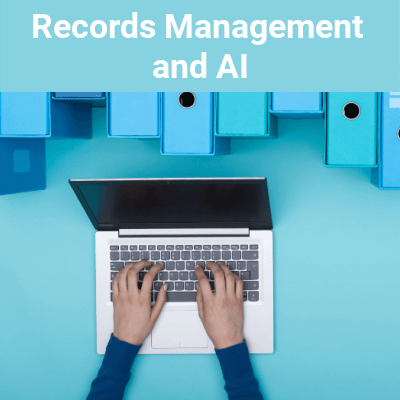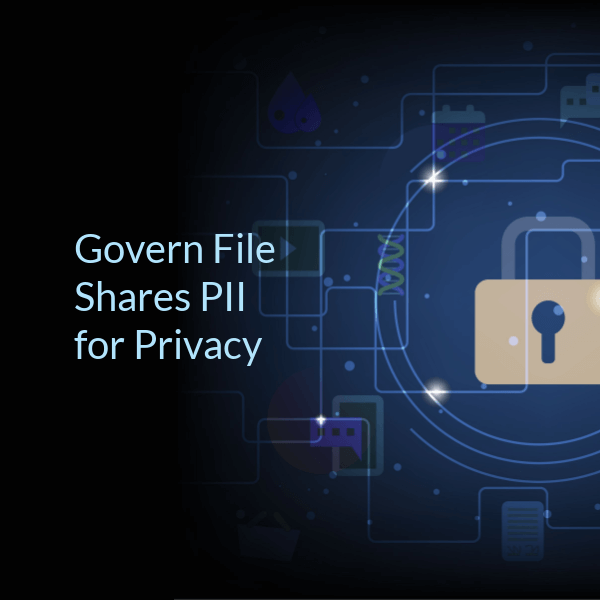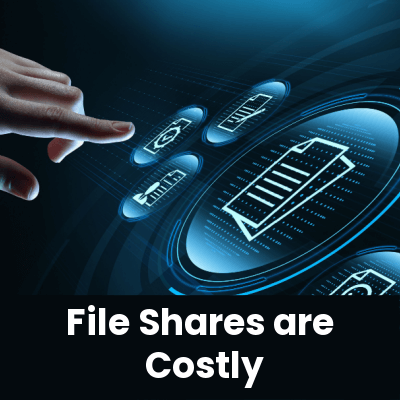According to Fortune Business Insights, the global cloud storage market is projected to grow from $83.41 billion to $376.37 billion, at a CAGR of 24.0% from 2022-2029.
Perhaps there is a direct cause for the growth, the COVID-19 pandemic. The pandemic has encouraged employee collaboration over cloud platforms. This has resulted in file shares gaining popularity as an online storage and collaboration platform.
Why Care About File Share Cleanup
As file shares become the bread and butter for collaboration within organizations, factors such as data leaks & data losses within file shares are becoming a cause of concern. According to a study by IBM, the cost of data leak inside file shares averaged at $1.52M per organization in 2022. According to another study, it was found out that 16.2% of documents inside File Shares contain PII Privacy regulations such as GDPR and CCPA require organizations to not only manage user/customer records with a lifecycle management policy, but also delete or produce personal data on user/customer request. Any ungoverned PII can potentially lead to a fine as high as $10M or 2% of annual revenue of the organization. Thus, it’s important to govern and cleanup file shares using file share management software to minimize data leaks & data losses.
Approach Towards File Share Cleanup: User Based vs File Share Management Software Based
There are two ways of approaching a File Share Cleanup:
End User Based:
In this approach, it’s up to the end user to make informed decisions about deleting or keeping file share documents. The end user management of files can potentially lead to monetary penalties, since the user might delete data which needs to be retained. For example, the user might delete file share data older than 7 years. But that might not be a defensible approach to deletion.Tool Based:
The tool-based approach is independent of the end user. For example, before carrying out a file share cleanup using a tool-based approach, the file goes through a lifecycle as soon as it’s ingested into the system. The file lifecycle starts with file tagging. The tag acts like a stamp governing the retention period of the file and once the file is over the retention period, it is automatically placed for deletion. However, that’s not the end. When the file is placed for deletion, it needs to be eligible for deletion across domains. For instance, a file might be eligible for deletion according to a records manager, but it might be a smoking gun in an ongoing litigation. Hence the file should be put on a legal hold. The story doesn’t end here either. Suppose a file is eligible for deletion, in compliance with records management, regulatory and legal requirements, and so the document is deleted. That document could still become relevant evidence in future litigation, in which case the organization needs to prove that the file was deleted defensibly. This is where audit trials come in handy. Any deleted file must be tracked via audit trails to prove that the file was deleted defensibly.
Approaching a file clean-up can be complicated. Read how we managed more than 3 petabytes for a top 5 bank, cleaning up 150+ terabytes of data defensibly.



